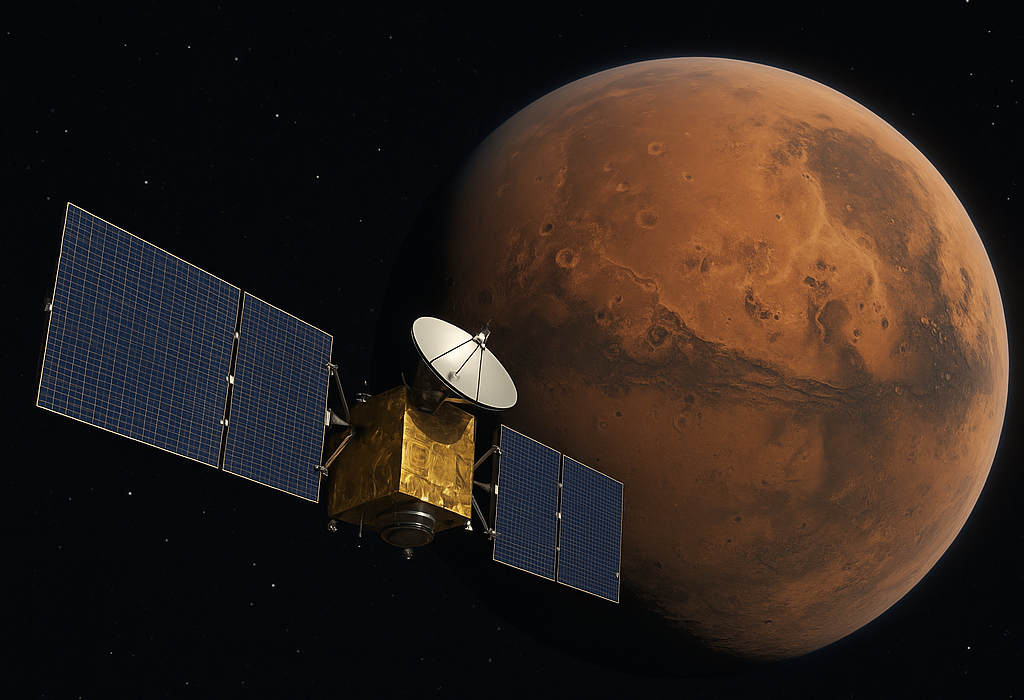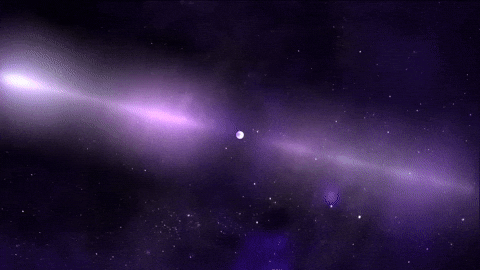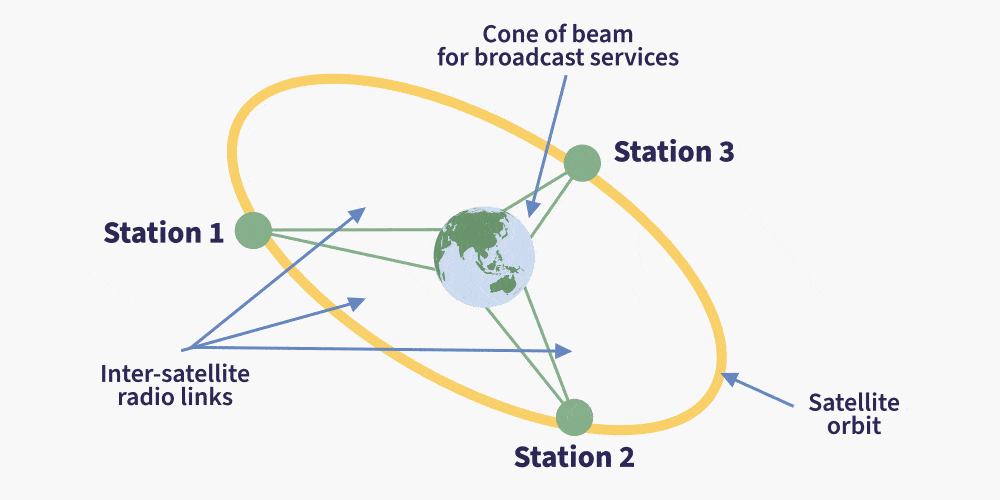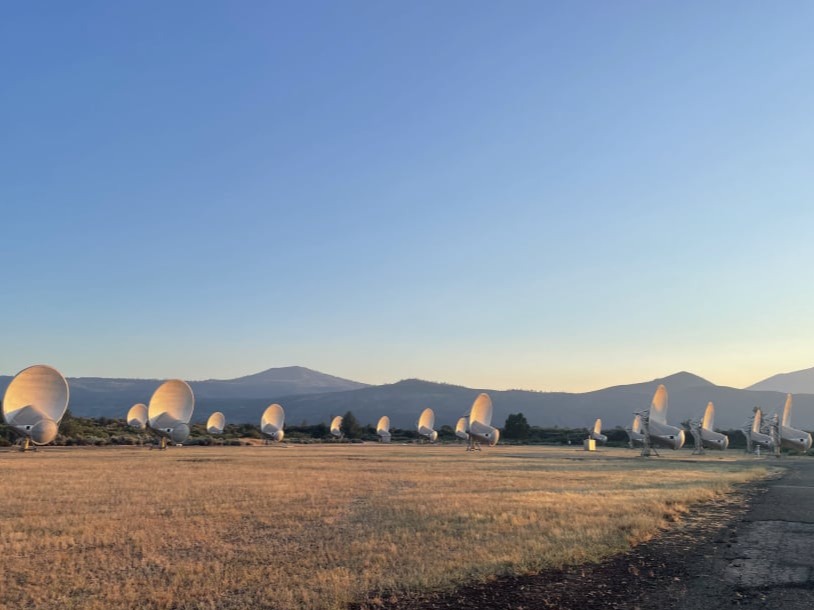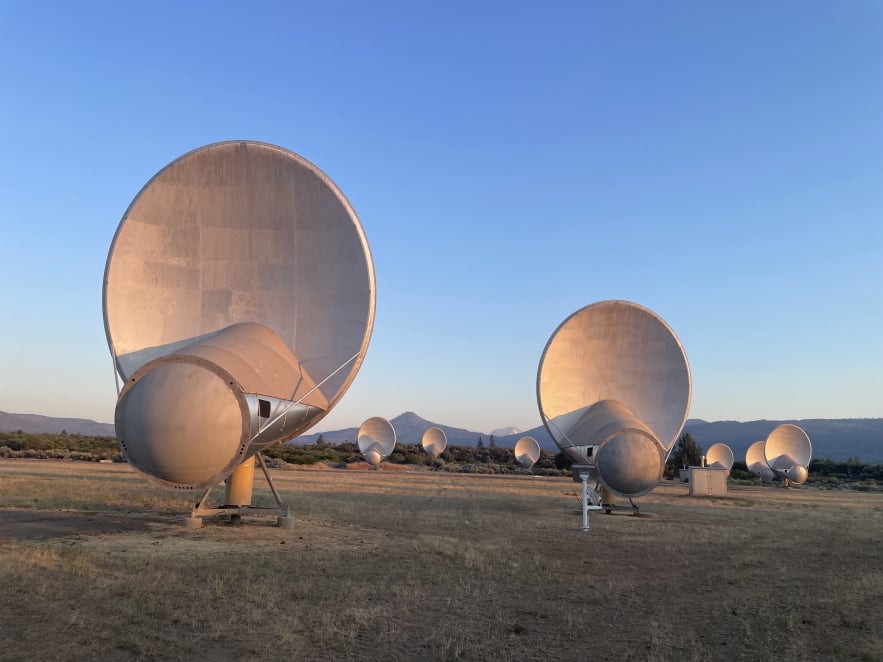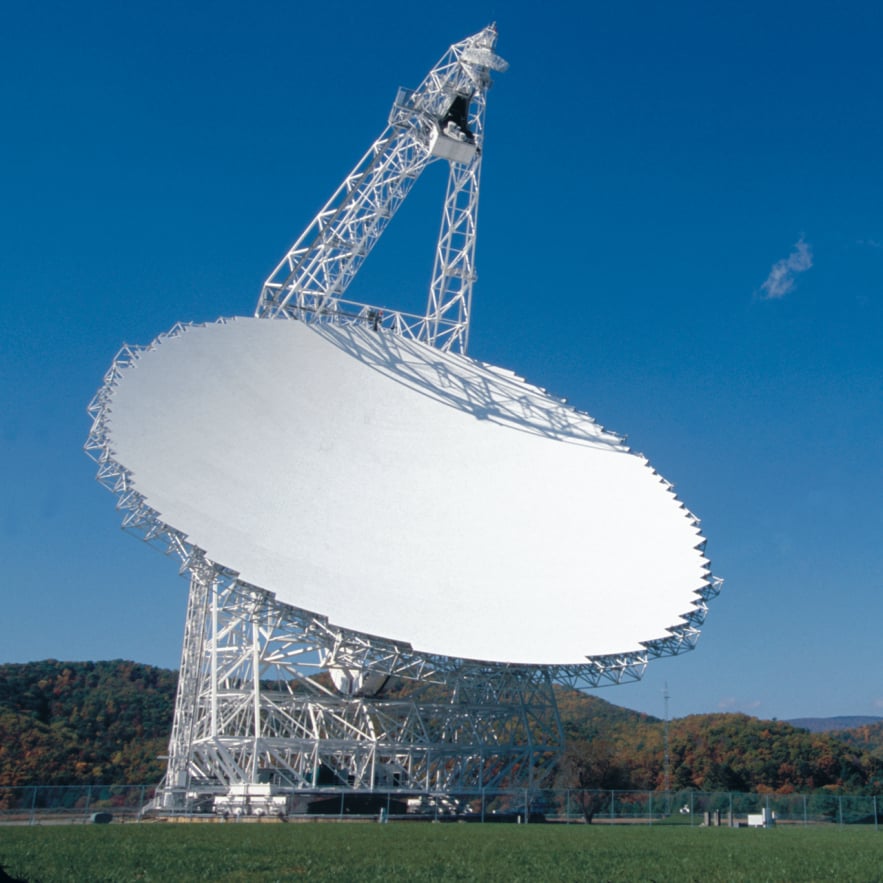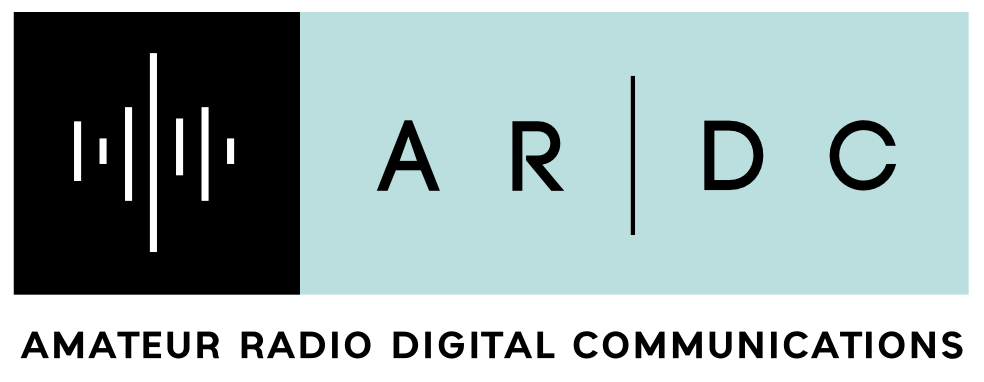Introducing the ARISE Project
In collaboration with the SETI Institute, we are proud to present the ARISE curriculum, a comprehensive initiative designed to enrich the educational experience for students studying astronomy, digital communication, introductory electronics, signal processing, and related fields. As part of the SETI Institute’s mission to inspire and educate, this ready-made curriculum offers thoughtfully designed educational materials that seamlessly integrate into your courses. By emphasizing hands-on, experiential learning, ARISE bridges the gap between theory and real-world applications, fostering a deeper understanding and igniting curiosity in your students.
The ARISE curriculum benefits from the SETI Institute's rich legacy and resources, immersing students in interdisciplinary learning with the Search for Extraterrestrial Intelligence (SETI) as a captivating focal point. Our materials use SETI as a gateway to explore digital communication, signal processing, and radio astronomy using powerful tools like GNU Radio and real data from the Allen Telescope Array and other world class radio telescopes. This skills-focused, project-based approach equips students to problem-solve, collaborate, and think critically, making the learning process both dynamic and impactful.
What We Provide:
ARISE now offers two categories of curriculum materials: Modules and Labs.
1. Modules are complete teaching units built around three lectures and a lab, designed to be seamlessly integrated into an existing course. Modules include lecture notes, slides, pre-lab readings, lab manuals, instructor notes, and teaching resources. These comprehensive packages are ideal for building out a full week of instruction on a focused topic.
2. Labs are standalone activities that include a lab manual, instructor lab manual, and pre-lab reading. These can be used independently or paired with your own lectures and materials to fit the needs of your course.
Whether you are a subject matter expert or not, the ARISE materials provide everything needed to deliver an effective and engaging learning experience. All resources are designed with flexibility and accessibility in mind, making advanced topics approachable in any classroom.
If you're interested in participating in the ARISE project, sign up for our communications lists below.


